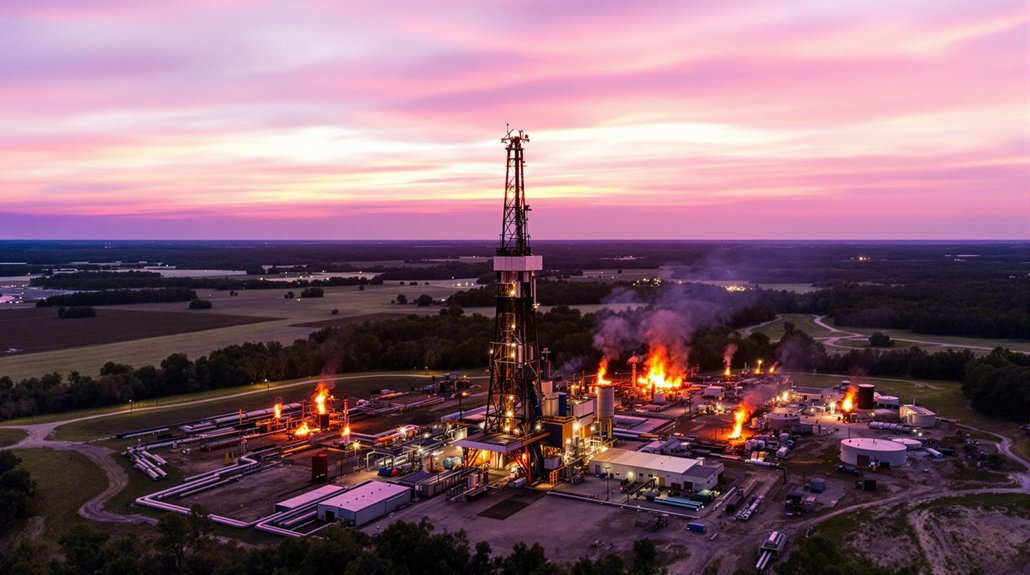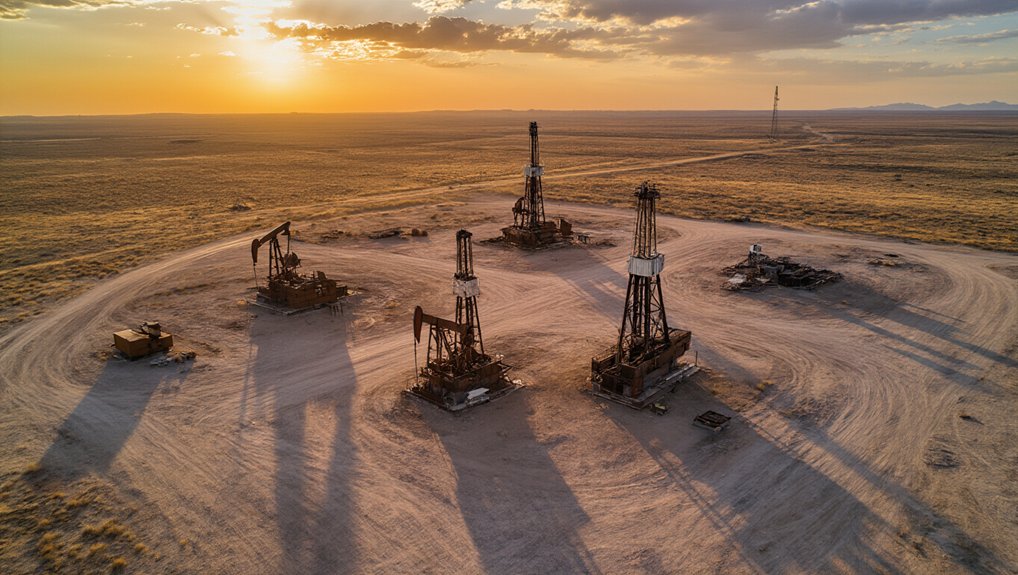Chevron has sold most of its East Texas gas fields for $525 million. The company let go of a 70% stake to TG Natural Resources but kept 30% ownership. It’s part of Chevron’s plan to sell up to $15 billion in assets by 2028. The deal means less investment for Chevron while still getting some profits. The transaction raises questions about the future of natural gas production in the region.
Chevron has sold a majority stake in its East Texas gas fields to TG Natural Resources LLC (TGNR) for $525 million. The deal transfers 70% interest in Chevron‘s Haynesville Shale assets while allowing Chevron to keep a 30% non-operated working interest and additional royalties. TGNR paid $75 million in cash and committed $450 million to fund future development of the gas fields.
The transaction fits into Chevron’s larger plan to sell between $10 billion and $15 billion in assets by 2028. Despite giving up control of the fields, Chevron expects to generate more than $1.2 billion in value from the deal if current gas prices hold steady.
TGNR, which is owned by Tokyo Gas and Castleton Commodities International, focuses on gas production in the Arkansas-Louisiana-Texas region. This acquisition adds over 250 new drilling locations to TGNR’s portfolio, extending their operational lifespan by more than 20 years.
The gas fields cover about 72,000 acres in East Texas. These Haynesville Shale properties are especially valuable because they’re still relatively underdeveloped and are located near major Gulf Coast markets. The land also holds potential in the nearby Bossier and Cotton Valley gas plays.
TGNR expects to save about $170 million through operational efficiencies since the new fields overlap with their existing assets. The acquisition strengthens TGNR’s leadership position in Haynesville and provides additional value with acreage that is relatively undrilled and held by shallower production. They plan to develop these properties alongside their current holdings to maximize gas production.
For Chevron, the deal represents a strategic shift toward focusing on their most productive assets. By keeping a 30% stake and royalty interests, they’ll still benefit from future gas production without having to invest as much capital.
The $450 million development funding from TGNR will accelerate gas production without Chevron having to spend its own money. This joint venture approach allows Chevron to maintain growth in these gas fields while being more selective about where they invest their resources directly.









